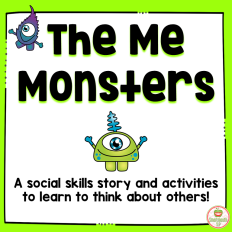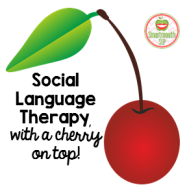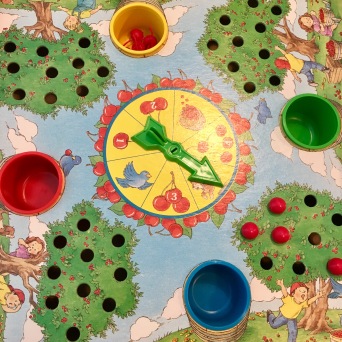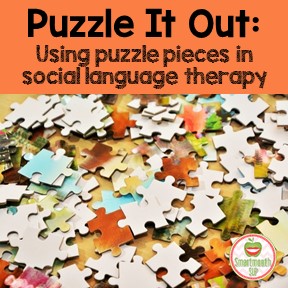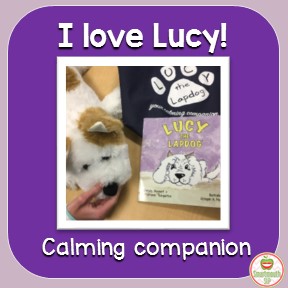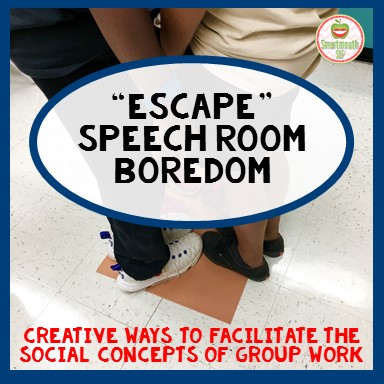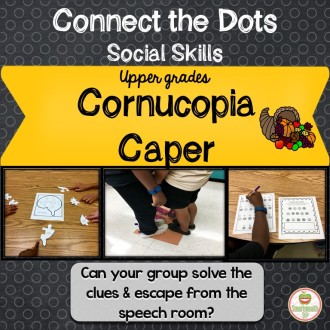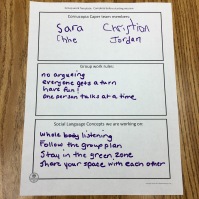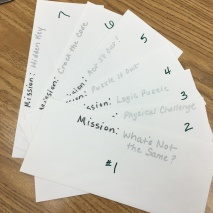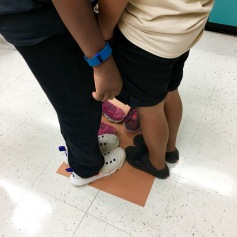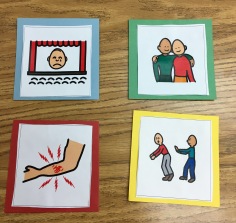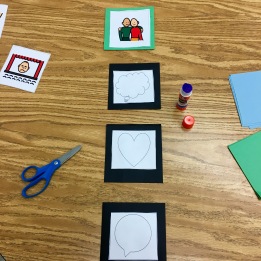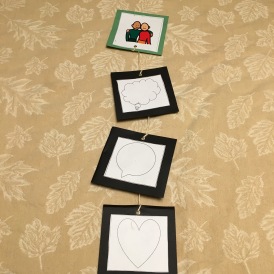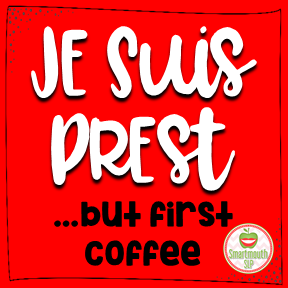
This is the start of an exciting year for me. I went back to work this week in a new county, with four other full-time SLPs at a fabulous elementary school. We have nine self-contained classrooms! I know the year ahead is going to be a learning curve for me, but Je Suis Prest! For you non-Outlander fans, that means “I am ready!” and it will also be my motto for the year (** if you haven’t read the Outlander books or watched the Starz series, get thee to a library/Amazon stat!!).

I have two self-contained autism classrooms, a self-contained pre-K class, and Kindergarten grade level students that I am supporting this year and started to look at my TPT resources to prepare! Here are a few products that I am going to use, to start my year off right:
My active listening interactive book will help us all start off on the right foot, with how to listen from head to toe! This book is also part of a social language interactive book bundle. I’ll add the Biscotti Karate video from Sesame Street to reinforce this important social concept that I am certain to revisit throughout the year!
I am introducing the concepts of emotional regulation, mindfulness and self control with my friends, using this packet! Another Sesame Street video that aligns perfectly to this concept is this one from Cookie Monster, Me Want It, But Me Wait!
Do you know any “Me Monsters“? I do and that’s why I wrote this original social skills story and activity packet on thinking about other people. My students will meet the Me Monsters: Allaboutme, Gimme, Mefirst and Metoo and help the Me Monsters learn how to think about others at school. I will add yet another awesome Cookie Monster Sesame Street video on sharing : Share It Maybe
**I have a Pinterest social skills video board with the Sesame Street videos pinned or you can find them on my social youtube channel too. Create your own Pinterest boards and add videos that align to the social concepts you are teaching throughout the year, and voila, you will have an easy resource at your fingertips!
Last but not least, this fun little freebie is a great way to get to know your students and for them to get to know each other the first weeks of school!
What are you doing to ready yourself for the school year? Share any great activities or videos that work for your students here!


